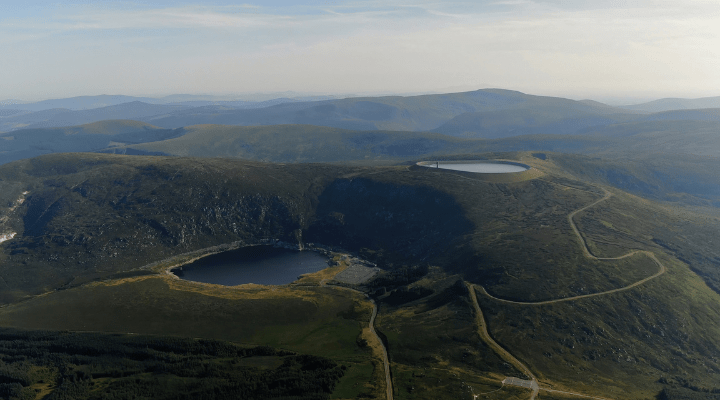We need a ‘vaccine task force’ approach to accelerating clean energy technologies – Inside track
3 min read
Fossil fuel companies are still reporting record high profits, at a time when high energy costs have contributed to cost of living difficulties for so many. Centrica is the latest to reveal a 2023 profit of £2.7 billion (tripling their pre-pandemic £901 million), and similarly, Shell made £22.3 billion in 2023 (almost doubling their pre-pandemic £12.7 billion). Delaying the shift to cleaner power only prolongs high consumer costs when they could be coming down.
The UK power sector is becoming increasingly dominated by cheap renewables, like wind and solar, sources that are variable in their output depending on the weather. Batteries and short term demand response management can balance this variability within the power system for short periods of up to eight hours. But, for longer periods, clean flexible power options are needed, to deal with variations from season to season, and to supply electricity during prolonged wind droughts.
Relying on gas for flexibility is keeping energy bills high A decade ago, the capacity market (CM) was introduced through government electricity market reforms to help provide secure, flexible power. While this has been successful in procuring batteries for short term storage, there hasn’t been enough invested in medium to long term storage. Instead, unabated gas power plants have been favoured to provide flexibility, topping up the grid using fossil-based power when there is high demand for energy or low levels of renewable generation.
There has been a lot of media focus on the cost of green infrastructure investments, with the Conservatives trying to use it as a dividing line with Labour. But, with sufficient investment, clean flexibility could be provided at lower cost.
Our research has found that building new unabated gas may already cost more than cleaner alternatives and it is expected to become more expensive over time. By 2035, flexibility provided by clean technologies could come in at half the cost of unabated gas.
Cost and climate change are reasons to move quickly The pressure to act on climate change and decarbonise the UK’s power system, and the fact that alternatives to gas are cheaper today is a compelling case for faster change. While it is not possible to predict exactly which combination of technologies will be optimal for the UK’s power system in the 2030s, we know that investing now into all options for clean flexibility would be better than the status quo on three grounds: cost to consumers, energy security and carbon reduction.
There’s a recent model for how this can be done. When the government launched its vaccine taskforce to find an effective route to protect the population from Covid-19, it did not focus solely on cost reduction to seek the cheapest, long term ‘best’ vaccine. The urgency warranted investment in a portfolio of options using different techniques, to give the UK the best chance of finding a safe and effective vaccine as soon as possible.
By 2050, UK electricity demand is likely to be twice that of today, meaning more clean flexibility will be needed to maintain power supply. A similar approach to the vaccine task force for clean flexible power could speed up action. It could help to identify and clear away any barriers. It could oversee deployment to ensure lessons are learned along the way, and select the more optimal routes from 2030 onwards, as power demand rises, and more flexible capacity is required.
We make this argument in our recent briefing in which we’ve calculated the potential costs of different types of flexibility, including hydrogen power, gas with carbon capture and storage (CCS), pumped hydropower, compressed air energy storage and vehicle-to-grid balancing. In fact, it would be very difficult to deploy too much of any of these technologies by 2035, because their supply chains all have constraints.
The right investment is needed now to maintain a stable grid, cut carbon emissions, and reduce costs for consumers. We can’t wait around for a convoluted market mechanism to slowly discover of the best mix of flexible power technologies. The next government should convene a task force to organise urgent deployment of a range of different technologies to balance the electricity grid when renewables cannot meet demand.





